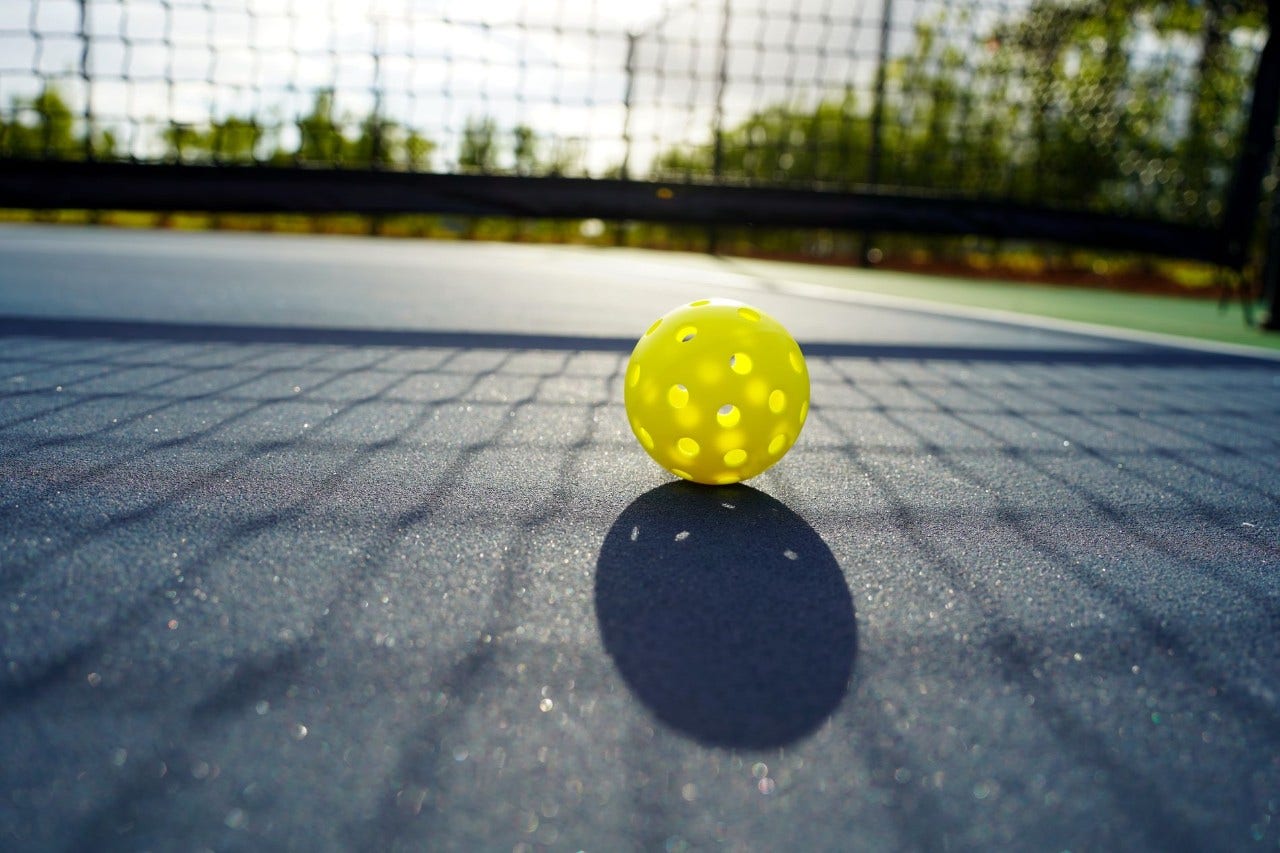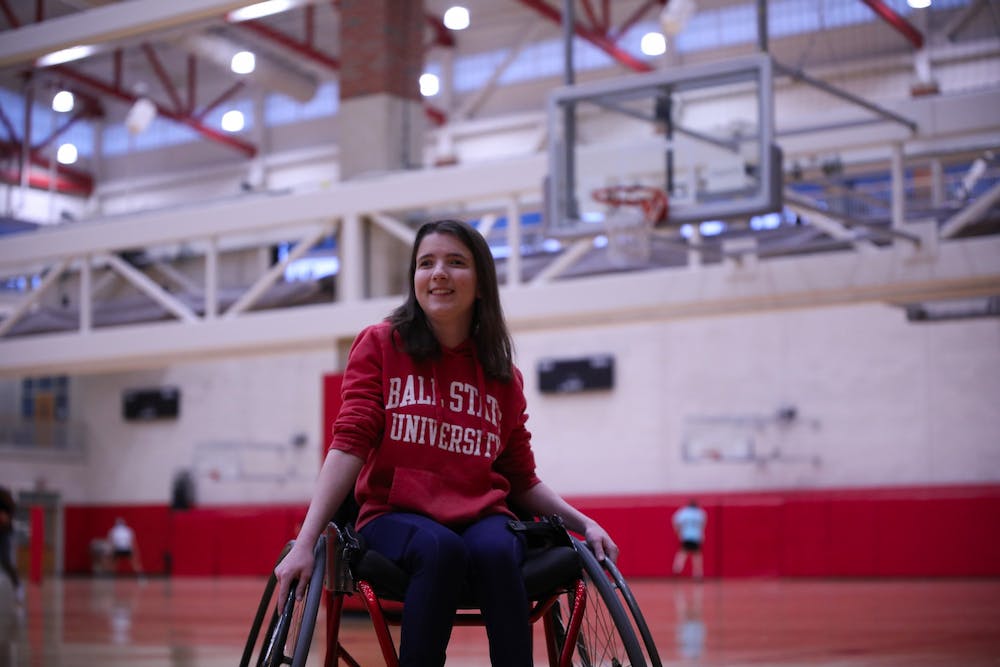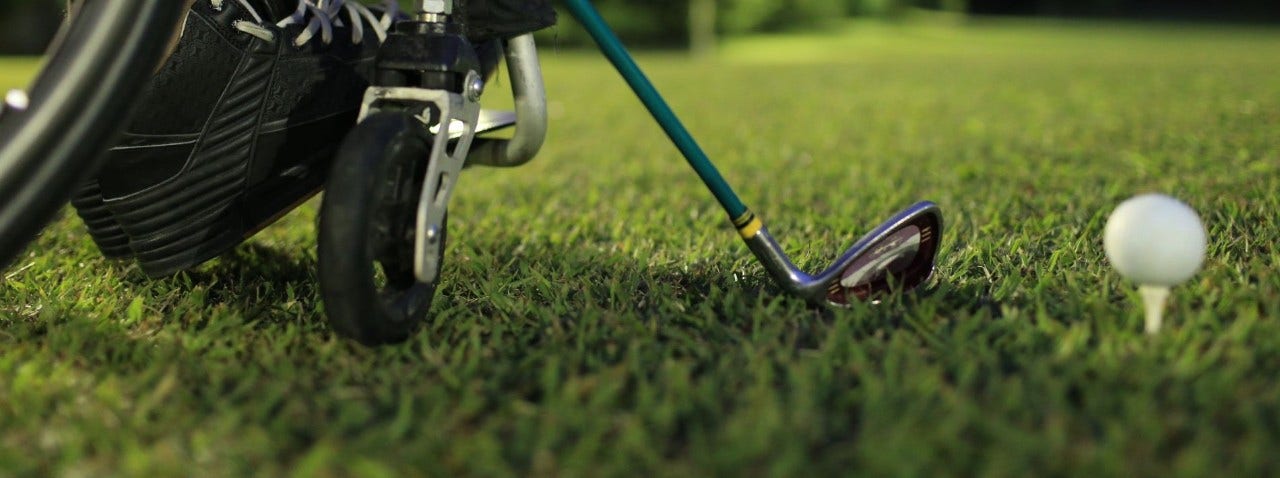
Adaptive Sports: Sled Hockey
First played on a frozen lake in Sweden in the early 1960s, para ice hockey was created by a group of men at a rehabilitation center who adapted a metal frame sled, or sledge, with two standard ice hockey skate blades, allowing the puck to slide beneath it. They used round poles with bicycle handles as sticks and played an adapted version of traditional ice hockey. Para ice hockey, also referred to as sled hockey or sledge hockey, has evolved since. First played at the Winter Paralympic Games in 1994, the sport now has specialized equipment and rules that differ from traditional ice hockey.
How Do You Play Para Ice Hockey?
Para ice hockey athletes compete under guidelines established by the International Ice Hockey Federation (IIHF), the same organization that governs traditional hockey. Because of this, basic gameplay between each sport remains largely the same. Sled hockey players even play on the same-sized rink as standing players. However, due to the nature of the sport being played by athletes with disabilities, there are differences in rules and equipment. Here are a few similarities between the two sports:
- Periods: Both ice hockey and para ice hockey games typically have three periods. Each period lasts 20 minutes.
- Number of Players: Both ice hockey and para ice hockey usually have six players on the ice per team at a time—three forwards, two defensemen, and one goalie.
- Scoring: In both sports, the goal is to outscore the opponent, with each goal worth one point. The team with the most points at the end of the three periods wins.
Differences in Equipment
Para ice hockey requires similar equipment to standing hockey—helmets, shin guards, elbow pads, gloves, and helmets are standard in both sports. However, para hockey requires specialized equipment, including:
- Sledges: In ice hockey, players wear ice skates, while para ice hockey players use a sled for each athlete, often referred to as a sledge, which allows athletes to remain seated during play. These specialized sledges have two blades underneath, allowing the puck to pass beneath them.
- Sticks: Ice hockey players use a single stick with a blade for puck handling, while para ice hockey players use two shorter sticks. Each stick features a pick end for propelling the sled and a blade end for controlling the puck. This dual functionality is unique to para ice hockey and is regulated to ensure fair play.
Differences in Rules
While the object of the game remains the same, a few rules differentiate para ice hockey from traditional ice hockey:
- Stick Use for Propulsion: Unlike traditional ice hockey, where sticks are used solely for handling the puck, para ice hockey rules allow and regulate the use of sticks for propulsion. Players must use the pick ends of their sticks to move, which is unique to para ice hockey.
- T-Stick Penalty: This penalty occurs when a player uses their stick in a "T" formation to impede or hook an opponent's sled. Sledge interference, including obstructing or tipping an opponent’s sledge, is also penalized.
Is Para Ice Hockey an Olympic Sport?
Para ice hockey is recognized by the International Paralympic Committee; therefore, it is a sport in the Paralympics. The Olympics showcase athletes without disabilities, whereas the Paralympics focus specifically on disabled athletes, known as paralympians. You can watch both Olympic and Paralympic events on the same TV channels and streaming services, allowing you to enjoy both traditional and adapted versions of your favorite sports in one place during each Olympic cycle. The Olympics occur first, followed by the Paralympics a few weeks later. Para ice hockey is one of less than 10 sports in the Paralympic Winter Games; the others include para alpine skiing, para biathlon, para cross-country skiing, para snowboarding, and wheelchair curling.
Who Can Play Para Hockey?
Para ice hockey can be played by athletes with physical disabilities affecting the lower body, including but not limited to people with limb differences, spinal cord injuries, and those with neuromuscular conditions.
Those interested in sled hockey can visit the USA Hockey website to learn more about sled hockey development camps and even different hockey disciplines for a variety of disabilities. If sled hockey isn’t the right fit for you, there are plenty of other adaptive sports to choose from. Some, like sitting volleyball, wheelchair basketball, and wheelchair rugby, are featured in the Paralympics, offering opportunities to compete at an elite level. Other sports, such as wheelchair golf, power soccer, and wheelchair lacrosse, can be played recreationally. To learn more about adaptive sports for people with disabilities, read the related articles below or check out our full adaptive sports series in the accessible living section of our article library.




